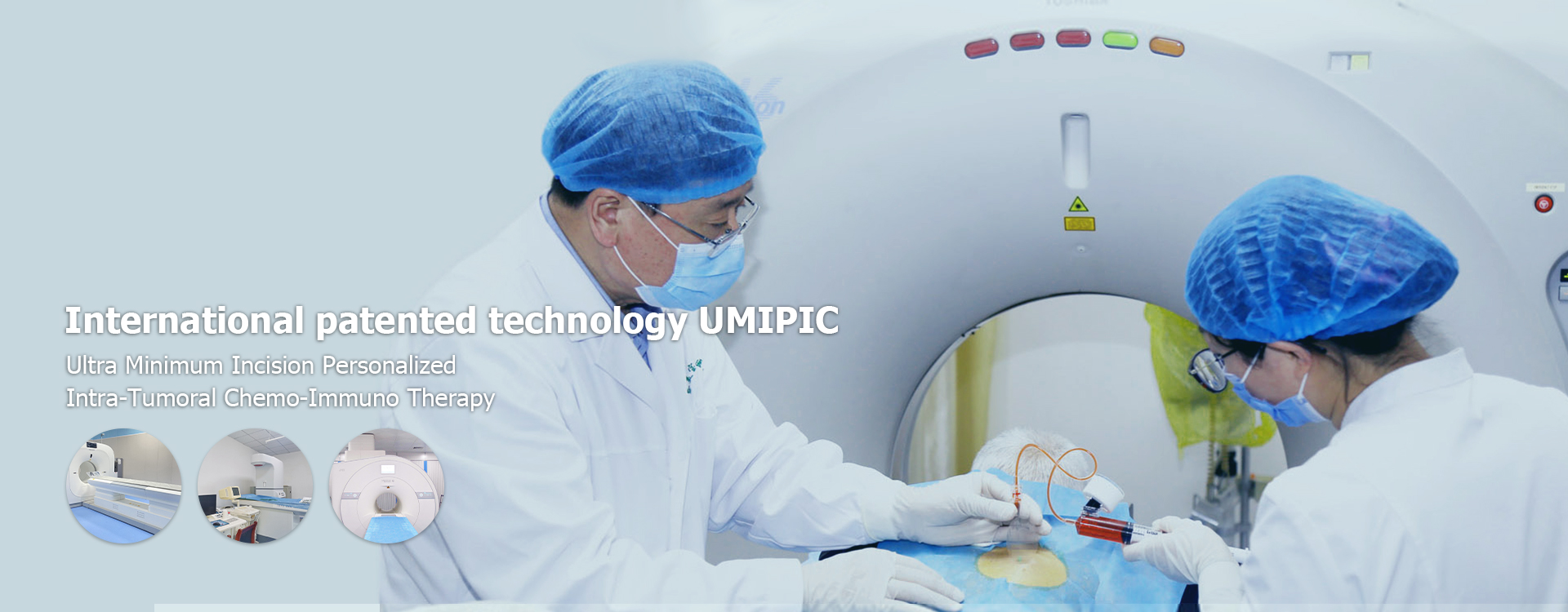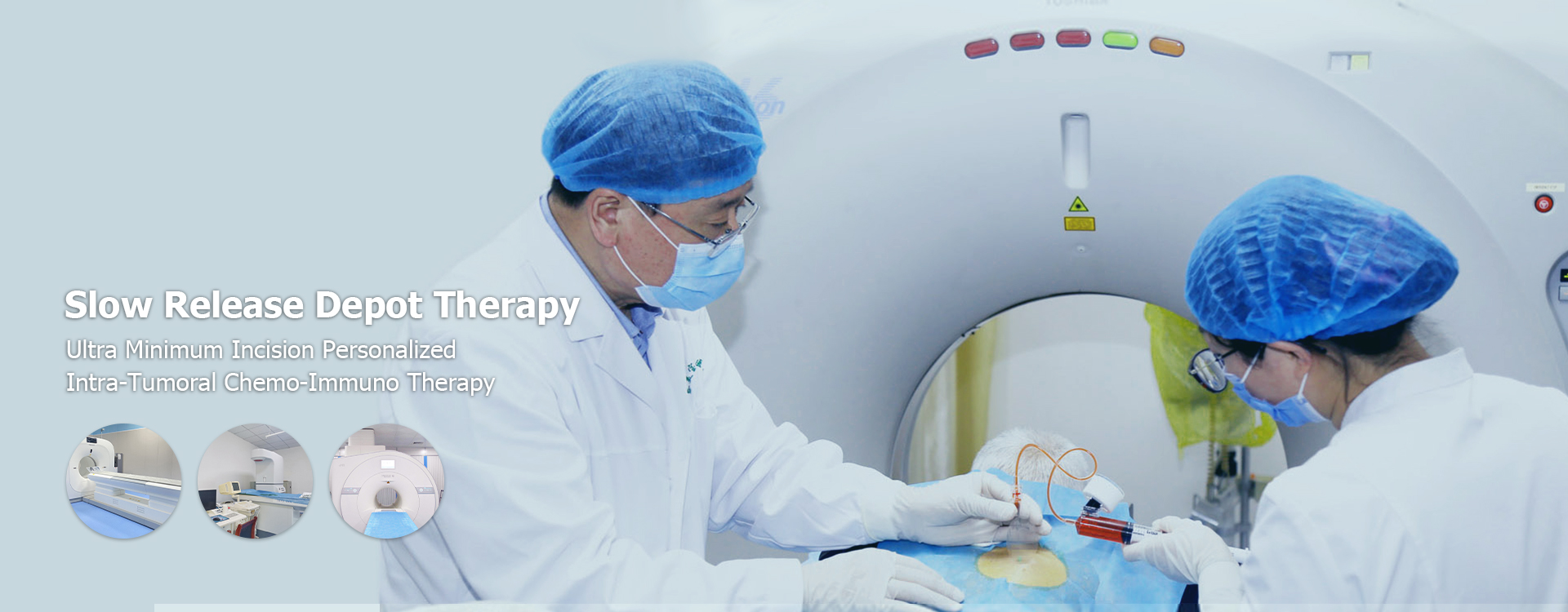
breast cancer age
Whilebreast cancercan occur at anyage, the risk increases as women get older. Most cases are diagnosed afterage50. Understanding the factors influencingbreast cancer age, including genetics, lifestyle, and screening guidelines, is crucial for proactive health management. Early detection through regular screenings significantly improves treatment outcomes.Understanding Breast Cancer Risk and AgeBreast canceris a complex disease with multiple risk factors. While being female is the primary risk factor,ageplays a significant role. This section explores the connection betweenbreast cancer ageand various influencing elements.The Increasing Risk with AgeThe likelihood of being diagnosed withbreast cancerrises as youage. This is partially due to the cumulative effect of cell damage over time, increasing the possibility of cancerous mutations. According to the American Cancer Society, about two out of three invasivebreast cancersare found in women 55 or older. Therefore, understandingbreast cancer ageis important.Other Contributing FactorsWhileageis a significant risk factor, it's important to remember that other elements also play a role. These include:Genetics:A family history ofbreast cancercan increase your risk, particularly if close relatives were diagnosed at a youngerage. Specific gene mutations, such as BRCA1 and BRCA2, are known to significantly elevatebreast cancerrisk. Shandong Baofa Cancer Research Institute emphasizes the importance of genetic counseling and testing for individuals with a strong family history.Lifestyle:Factors like obesity, lack of physical activity, excessive alcohol consumption, and hormone therapy can also contribute to an increased risk.Reproductive History:Early menstruation (beforeage12), late menopause (afterage55), and having your first child later in life or never having children can also slightly increase the risk.Personal History:Having hadbreast cancerpreviously, or certain non-cancerousbreastconditions, also increases your risk of developing the disease again.Breast Cancer Screening Guidelines by AgeEarly detection is paramount in improvingbreast cancersurvival rates. Adhering to recommended screening guidelines based on yourageand individual risk factors is crucial. Always consult with your doctor to determine the best screening plan for you.Screening RecommendationsHere's a general overview of screening recommendations, keeping in mind that individual circumstances may warrant adjustments:Ages 25-39:Individuals should be familiar with how theirbreastsnormally look and feel and report any changes to a healthcare provider promptly. Clinicalbreastexams may be offered.Ages 40-44:Women have the option to start annual mammograms if they wish.Ages 45-54:Annual mammograms are recommended.Ages 55 and older:Women can switch to mammograms every other year, or continue yearly screening. Screening should continue as long as a woman is in good health and is expected to live 10 years or longer.Note:These are general guidelines. Individuals with a higher risk due to family history, genetic mutations, or other factors may need to begin screening earlier or more frequently. Contact Shandong Baofa Cancer Research Institute throughhttps://baofahospital.comto learn more.Understanding MammogramsA mammogram is an X-ray of thebreast, used to screen for early signs ofcancer. It can often detect tumors before they can be felt. While mammograms are a valuable tool, they aren't perfect and can sometimes produce false positives (indicatingcancerwhen none exists) or false negatives (missingcancerthat is present). Digital mammography and 3D mammography (tomosynthesis) are newer technologies that can improve accuracy, particularly in women with densebreasttissue.Managing Breast Cancer Risk at Any AgeRegardless of yourage, there are steps you can take to manage yourbreast cancerrisk and promote overall health. These include:Maintain a Healthy Weight:Obesity, particularly after menopause, is linked to an increased risk ofbreast cancer. Engage in Regular Physical Activity:Aim for at least 150 minutes of moderate-intensity or 75 minutes of vigorous-intensity exercise each week.Limit Alcohol Consumption:Excessive alcohol intake is associated with a higher risk.Eat a Healthy Diet:Focus on fruits, vegetables, and whole grains.Consider Breastfeeding:Breastfeeding has been linked to a lower risk ofbreast cancer. Avoid Hormone Therapy After Menopause:If possible, avoid hormone therapy, or use it for the shortest time possible.Know Your Family History:Being aware of your family's medical history can help you assess your risk and make informed decisions about screening.Breast Cancer Age: Key TakeawaysUnderstanding the relationship betweenbreast cancerandageis crucial for proactive health management. While the risk increases withage, factors like genetics, lifestyle, and screening practices also play vital roles. By adhering to recommended screening guidelines, adopting healthy lifestyle habits, and being aware of your personal risk factors, you can take control of yourbreasthealth at anyage. Remember, early detection is key. If you notice any changes in yourbreasts, consult with a healthcare provider immediately. And don't hesitate to discuss yourbreast cancerrisk and screening options with your doctor. Mammogram Screening Frequency by Age Age Group Screening Recommendation 40-44 Optional Annual Mammograms 45-54 Recommended Annual Mammograms 55+ Mammograms Every Other Year (or Annually)Disclaimer:This information is for general knowledge and informational purposes only, and does not constitute medical advice. It is essential to consult with a qualified healthcare professional for any health concerns or before making any decisions related to your health or treatment.Sources: American Cancer Society - Breast Cancer Risk and Prevention
Relatedproducts
Related products
Best sellingproducts
Best selling products-
 Nell Smith, a throat cancer patient from Switzerland
Nell Smith, a throat cancer patient from Switzerland -
 PAT, rectal cancer patient from the United States
PAT, rectal cancer patient from the United States -
 Famous American female painter Muriel
Famous American female painter Muriel -
 Anthony, lymphocytic cancer patient from the United States 24
Anthony, lymphocytic cancer patient from the United States 24 -
 Mark, a prostate cancer bone metastasis patient from the United States
Mark, a prostate cancer bone metastasis patient from the United States -
 Andress, a 9-year-old boy from the United States
Andress, a 9-year-old boy from the United States
Relatedsearch
Related search- China icd 10 breast cancer cost
- treatment gallbladder cancer treatment near me
- metastatic lung cancer treatment near me
- China top cancer hospital Hospitals
- treatment breast cancer surgery cost
- China causes of pancreatic cancer Hospitals
- treatment stage 3 prostate cancer treatment
- gall bladder cancer cost
- liver cancer survival cost
- China metastatic non small cell lung cancer treatment cost





